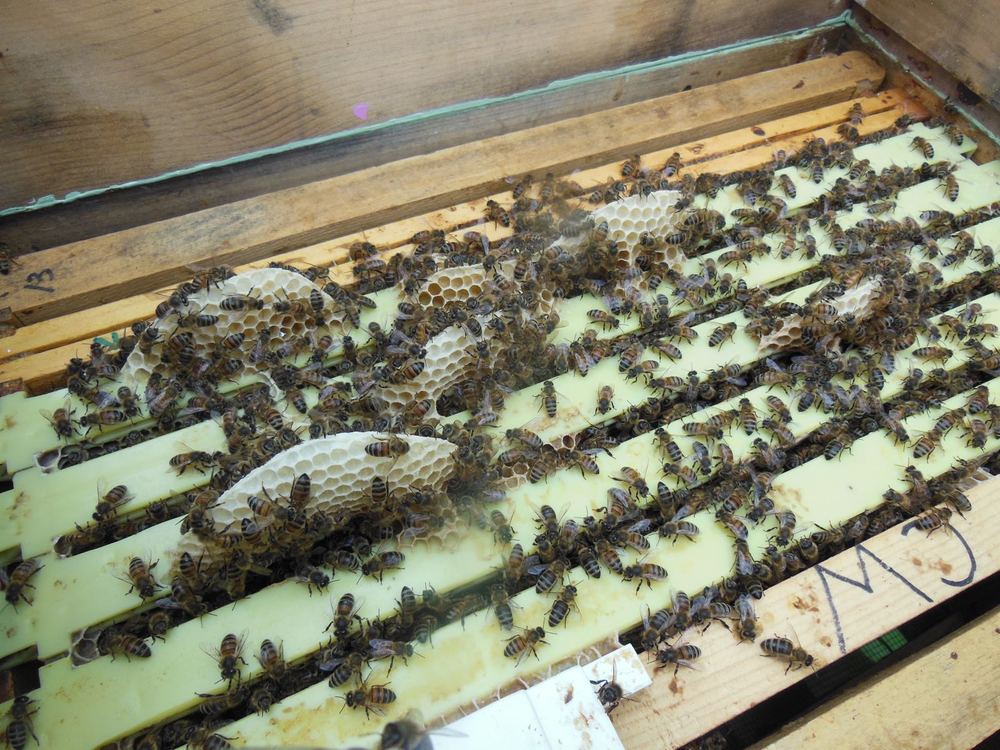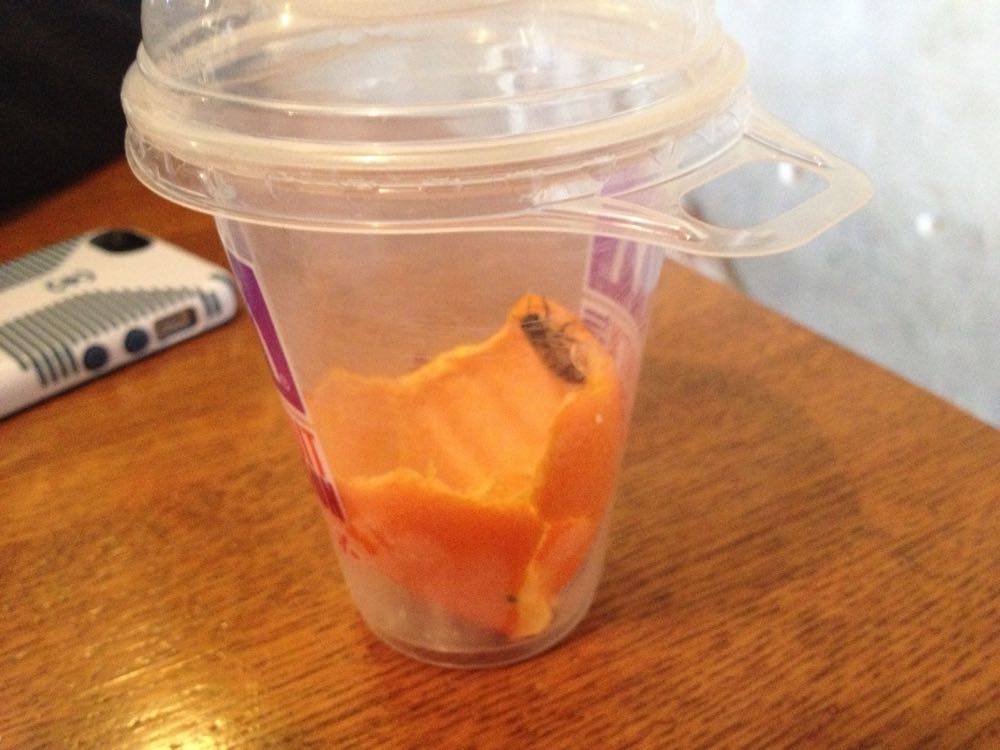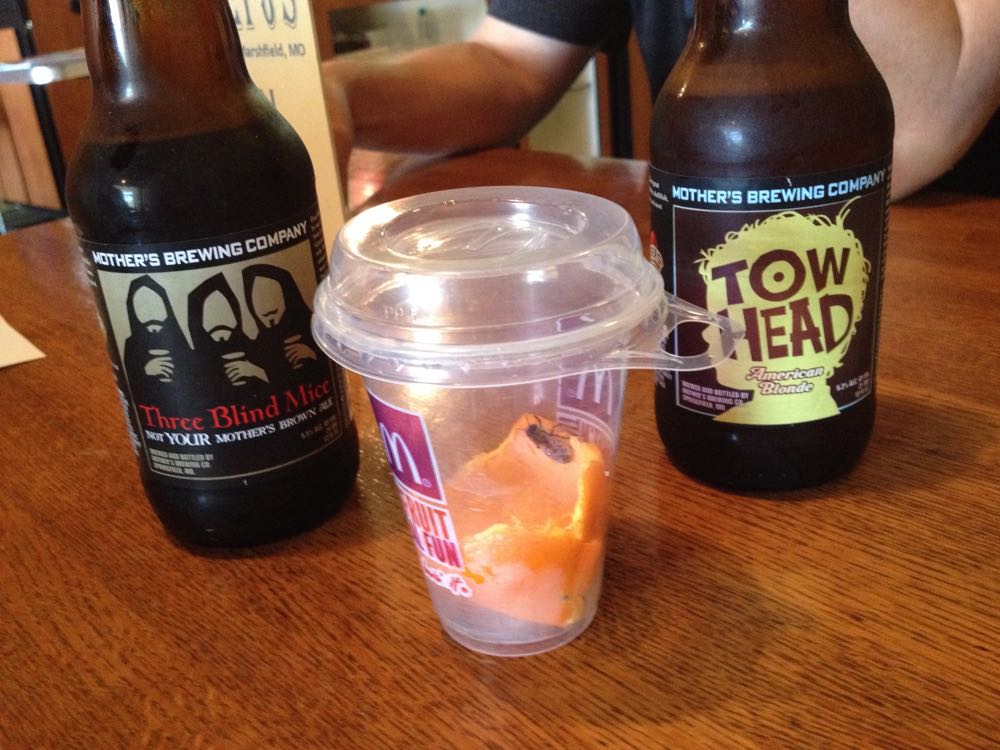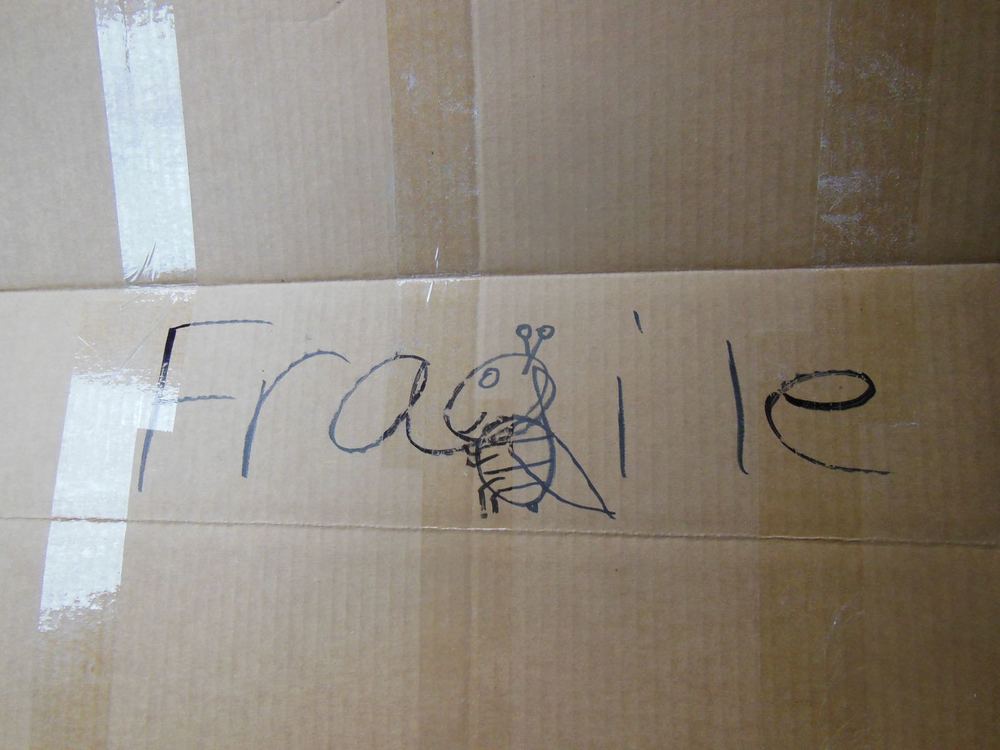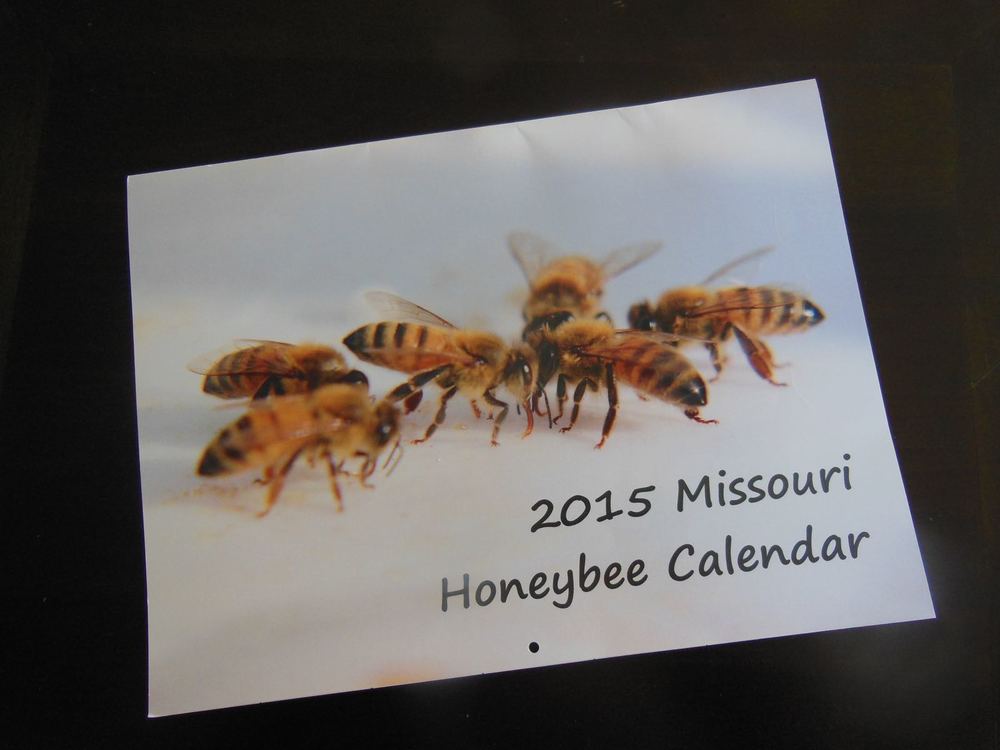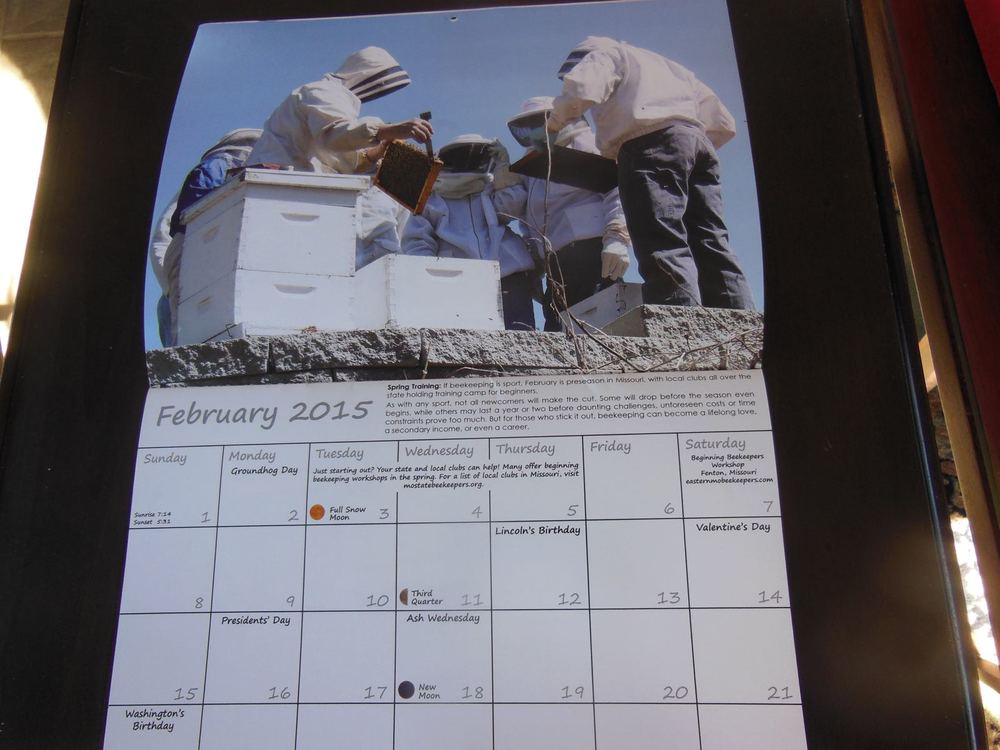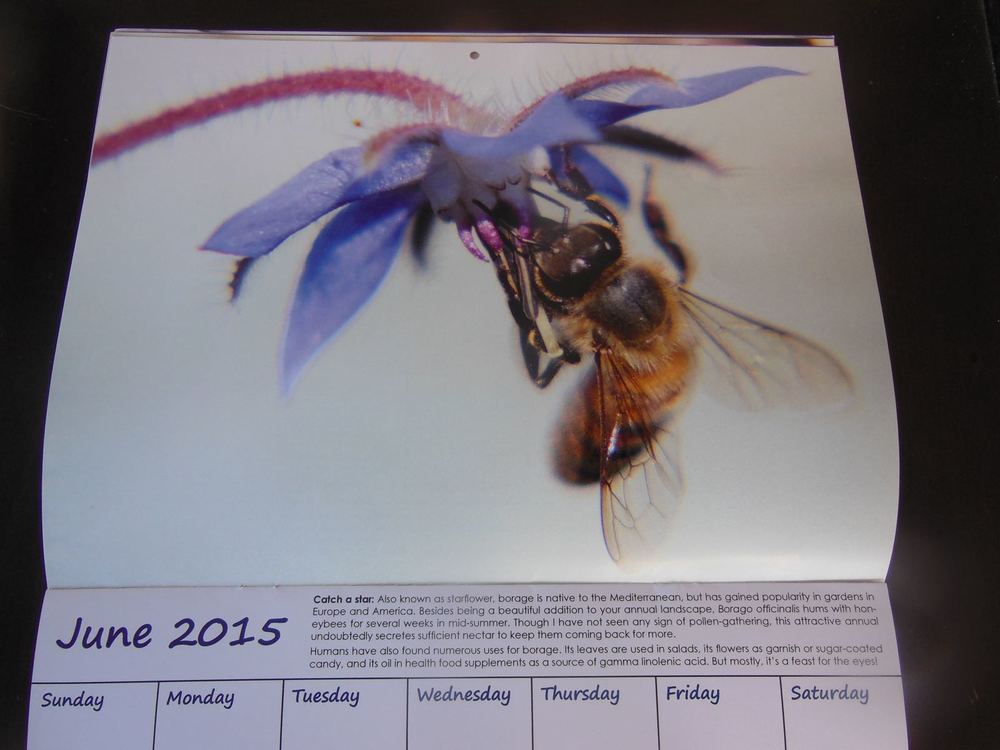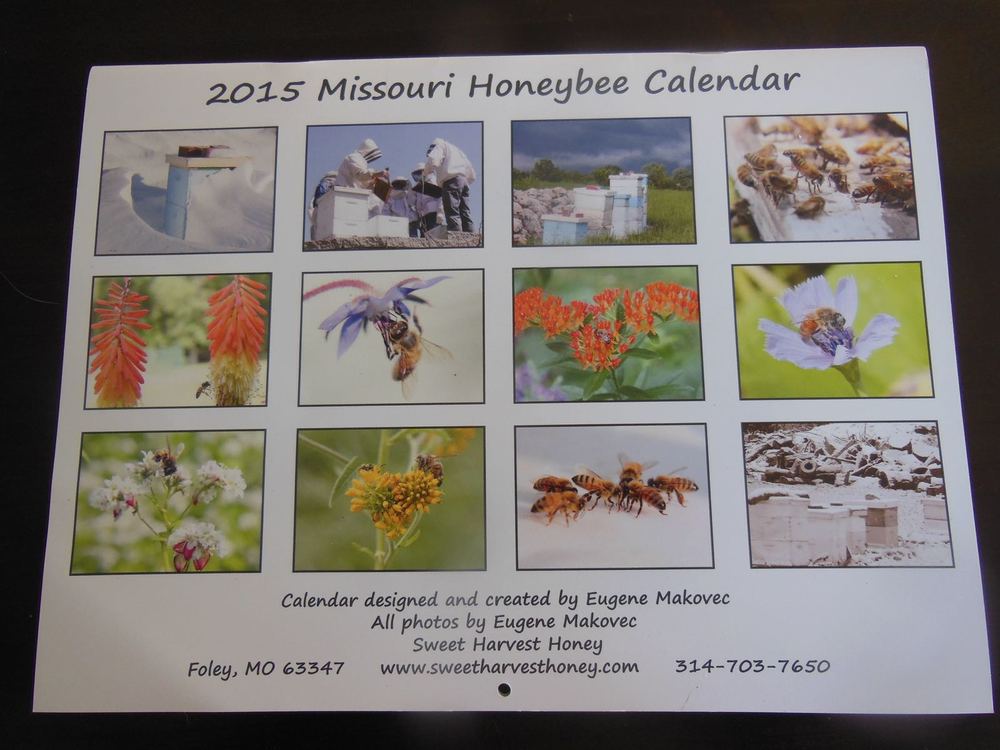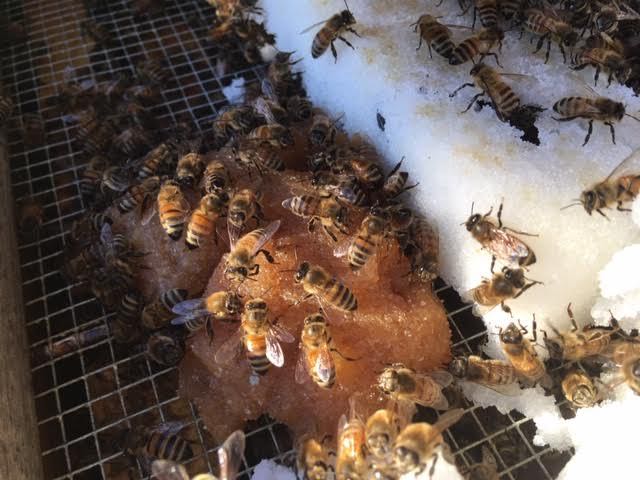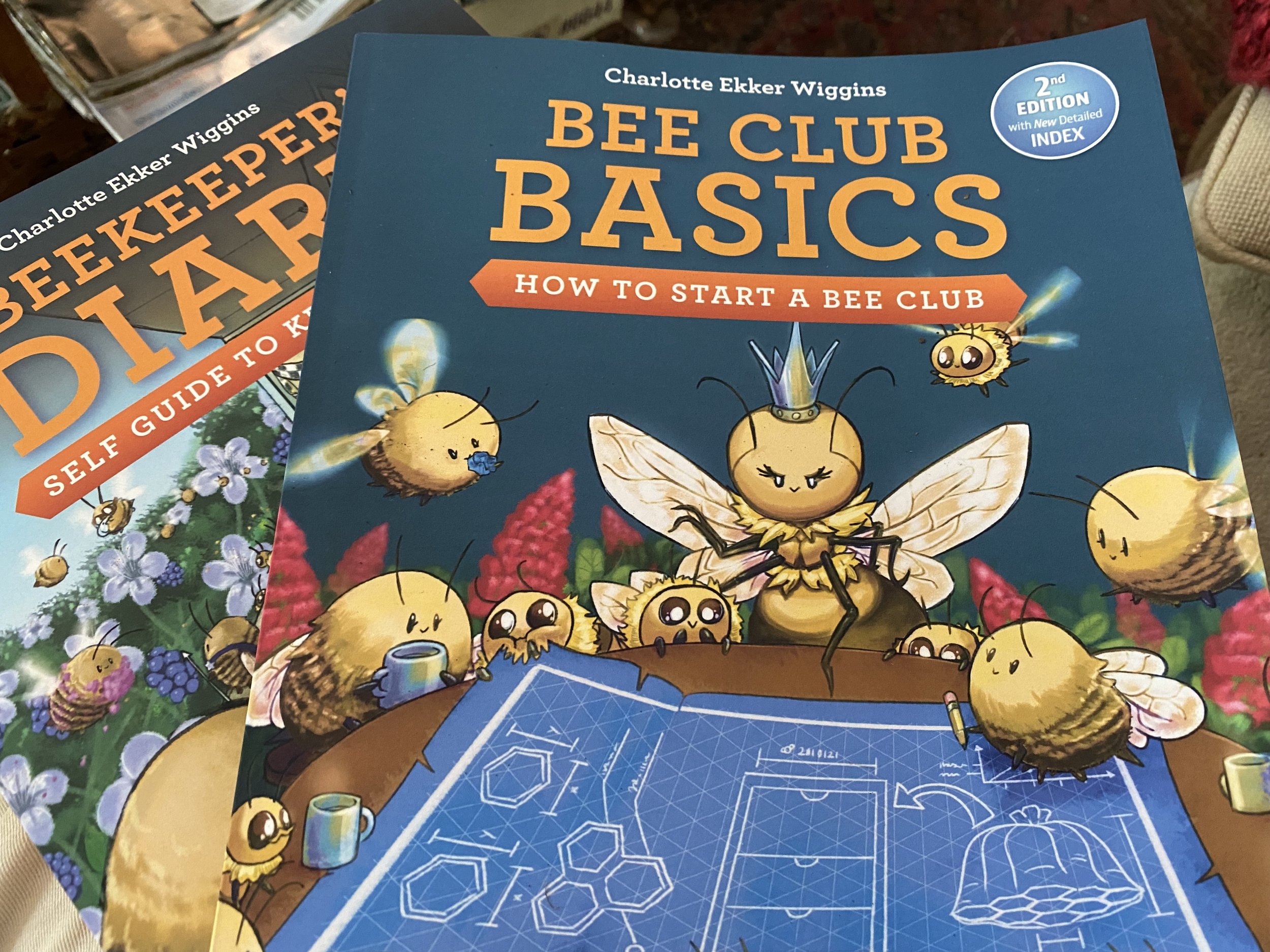This is my first winter to try to pull starting bee nucleus colonies, or "nucs," through. So far, so good, although when temperatures dip in the single digits I tend to want to move the little colonies into my basement to keep them warm.
Don't laugh, I know people who have done it. Not the basement exactly but an enclosed porch, which is close enough. Starter colonies have less bees than full colonies. They lack protection in numbers as they rotate in the cluster and try to eat so I try to give them food as close to the cluster as I can.
Last year, when winter lingered into a short spring, i made these sugar patties to pull my full size honeybee colonies through the wetter than normal season. In addition to food, dry sugar patties whick moisture, helping to keep hives dry. Here's the very simple, but tricky recipe:
Bee Winter Sugar Patties
5 lbs granulated sugar
7.5 ounces of water (make sure this is exact)
2 drops food grade essential oils - spearmint and lemongrass.
Directions
Mix well. Spread in pans. Leave overnight in cold stove to dry out. If you end up with still moist patties, re-mix and add a little more sugar, then dry again.
I use bread pans for the larger sugar patty blocks and cupcake pans to make smaller round patties for the nucs.
If I don't need to feed, I store extras in a sealed plastic container.
Charlotte


